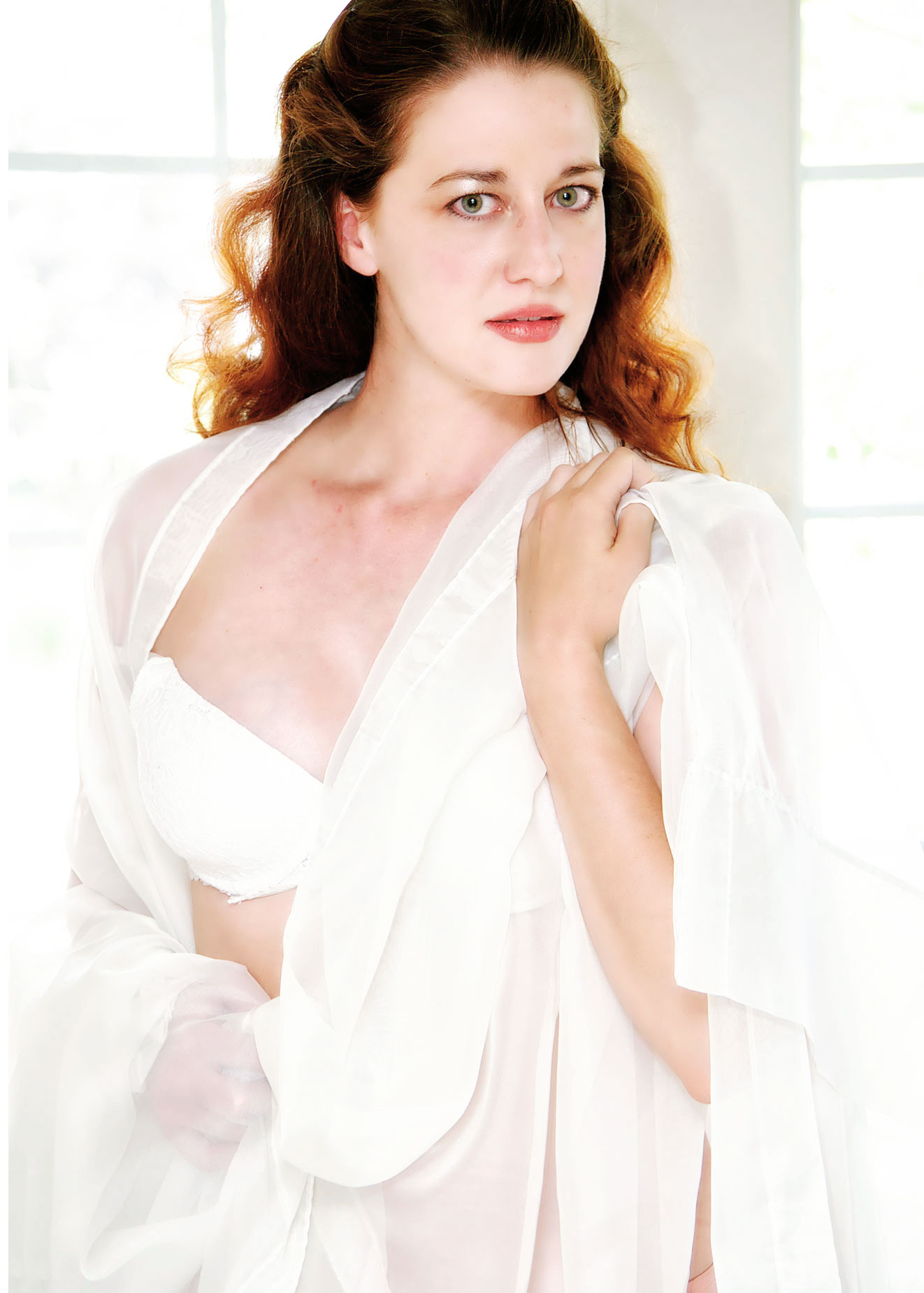It’s #anythingcanhappenday today on my blog. Some of you may have noticed that recently I’ve increased the number or glamour and portrait-related posts appearing here. The main reason for that is this is a genre I’m passionate about. The last four books I wrote were about portrait and glamour photography and it’s something I love doing. I strive to keep a balance of topics on this blog and Anything Can Happen Day seems to be a perfect place to talk about my passion.
Today’s Post by Joe Farace
It is the flash which appears, the thunderbolt will follow. — Voltaire
Some time ago, I wrote a facetious post about guide numbers called Guide Numbers: A Bedtime Story. Even though they’re not as big of a deal today as they were in previous decades, every now and then I hear from a reader who’s looking for more information about the subject of Guide Numbers. So for those readers who are looking for a more serious answer to this question, here it is.
It’s All About the Inverse Square Law
All types of lighting equipment from speedlights to studio lighting gear, including LED’s, obey the inverse square law. It states that the intensity of illumination is proportional to the inverse square of the distance from the light source. This means that an object or person that’s twice the distance from a light receives just one quarter of the illumination.

The Inverse Square Law states that the further an object or person is from a light source, the less light will hit that object or person. And…that level of illumination on that person or object drops with the square of the distance. As you double the distance from a light source, the amount of light hitting a surface decreases by a factor of four.
A Guide Number is a measure that photographers can use to calculate either the required aperture for a flash-to-subject distance or the required distance for a given f/stop. To solve for either of these two variables, you divide a light’s guide number by the other. Guide numbers are not an absolute measure of flash power because they can influenced by variables, such as the camera’s ISO setting (or film speed) and or the angle-of-coverage for a speedlight or studio light modifier.
Where did all this some from: Lighting manufacturers adopted the guide number system after the first mass-produced flashbulbs—remember them?— became available in the late 1930s. These days, a guide number has, for all intents and purposes, become superfluous due to the ubiquity of speedlights with automatic exposure control and variable flash output—although the Vivitar 283 flash had many of these features in the 1970’s— as well as digital camera’s capabilities that make it quick and inexpensive (compared to film) to shoot, adjust exposures and try again.
How I made this portrait: I photographed Tia Stoneman in the North-facing bay window of the kitchen of my former home. She’s wearing undergarments but wrapped herself in some swirly fabric she brought to the shoot. To make this image, I used the Pentax K100D’s flash compensation mode to increase the amount of flash from a Pentax AF540FGZ speedlight to give this portrait a high-key look. The lens used was a Schneider D-XENON 50-200mm f/4-5.6 at 95mm with an exposure of 1/125 sec at f/5.6 and ISO 800. The image was lightly retouched and tweaked using Vivenza.